1. Misty Copeland
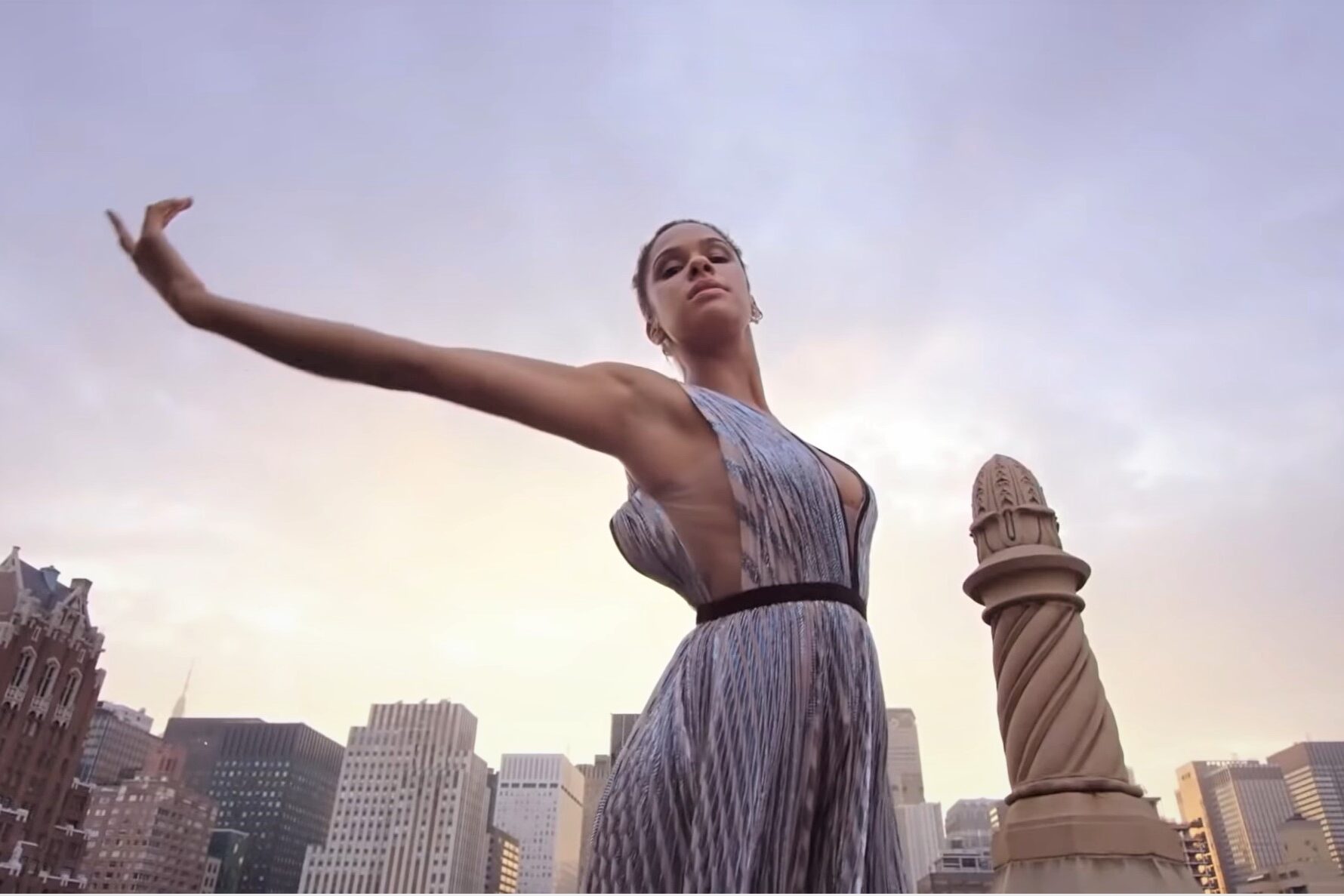
Misty Copeland made history in 2015 when she became the first Black woman to be named principal dancer at the American Ballet Theatre. She didn’t have the typical ballet background—starting dance at 13, much later than most professionals. That didn’t stop her from rising quickly, earning soloist roles and captivating audiences with her strength and grace. Copeland’s impact extends beyond the stage, as she’s written books, mentored young dancers, and advocated for diversity in ballet. She’s proof that talent and determination can break down barriers in an art form that has long been exclusive says PEOPLE.
Her performances in classics like Swan Lake and The Firebird have cemented her as one of ballet’s most recognizable figures. But beyond her artistry, she’s become a role model for aspiring dancers who never saw themselves represented in major ballet companies. Copeland’s influence has led to more conversations about inclusion in dance and inspired young dancers from all backgrounds to pursue their dreams.
2. Alvin Ailey
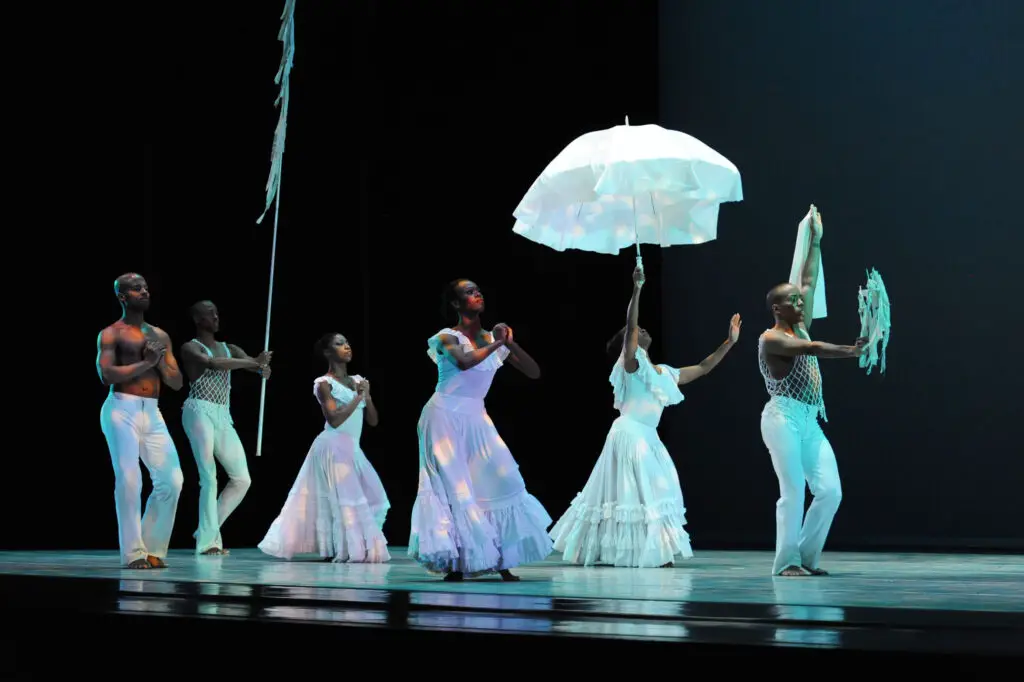
Alvin Ailey didn’t just change modern dance—he redefined it. His choreography blended ballet, jazz, and African American cultural influences in ways that had never been seen before. In 1958, he founded the Alvin Ailey American Dance Theater, a company that showcased Black dancers and told powerful stories through movement. His most famous work, Revelations, is still performed today and remains one of the most celebrated modern dance pieces ever created. Ailey used dance as a form of storytelling, exploring themes of struggle, resilience, and joy shares NPR.
Even after his passing in 1989, his legacy continues through the Ailey company, which remains a major force in modern dance. He opened doors for countless dancers of color, giving them a platform to shine in a field that often overlooked them. His impact can still be seen today in the way modern dance embraces diverse stories and traditions.
3. Janet Collins
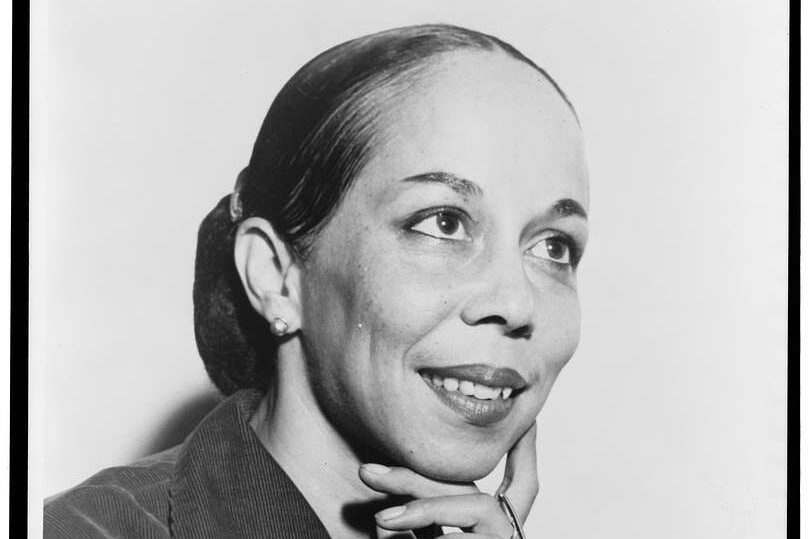
Janet Collins broke racial barriers in ballet long before Misty Copeland came along. In 1951, she became the first Black prima ballerina at the Metropolitan Opera, an extraordinary achievement during a time when segregation was still the norm. Collins had once been asked to lighten her skin to fit into a white ballet company, but she refused, choosing instead to forge her own path. Her talent was undeniable—her performances were marked by elegance, emotion, and a distinctive style that blended ballet with modern dance.
Despite her success, Collins faced constant challenges in an industry that wasn’t ready to fully embrace Black ballerinas. She eventually transitioned into teaching, inspiring future generations of dancers. Her courage and artistry paved the way for those who came after her, proving that talent should never be limited by race.
4. Katherine Dunham
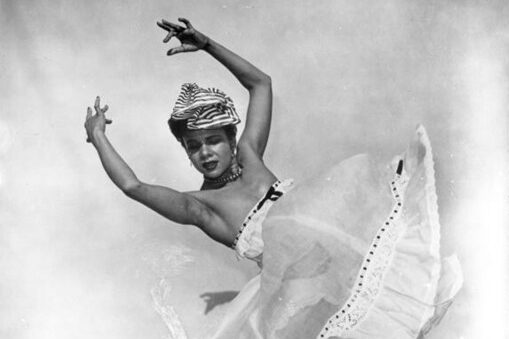
Katherine Dunham was more than just a dancer—she was a scholar, activist, and pioneer of modern dance. She studied anthropology and traveled to the Caribbean, researching traditional dance forms and bringing those influences to the stage. In the 1930s and ’40s, she developed the Dunham Technique, a fusion of ballet, modern dance, and African diasporic movements. This groundbreaking approach not only changed the way people saw dance but also gave Black performers a space to celebrate their heritage.
Dunham was also deeply involved in social justice, using her platform to fight for racial equality. She refused to perform at segregated venues and was an outspoken advocate for Black artists. Her impact on dance goes beyond movement—she helped redefine what was considered “acceptable” in the dance world and made space for cultural expression.
5. Arthur Mitchell
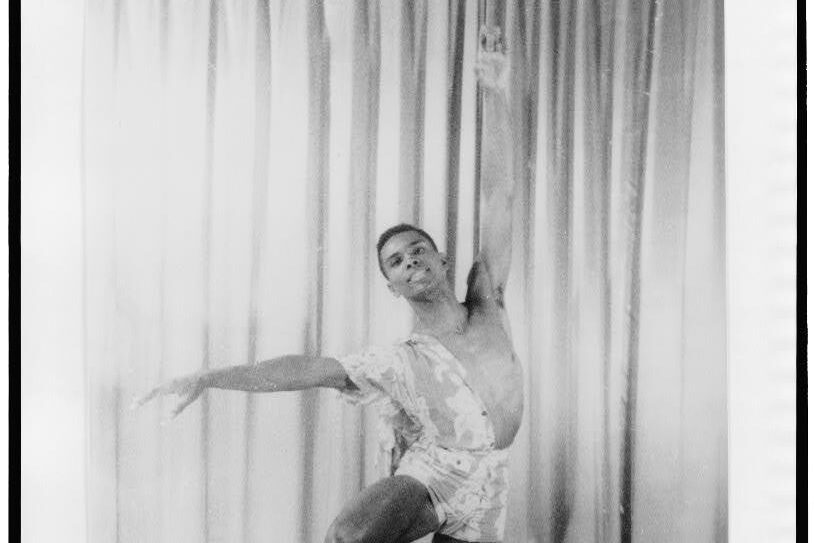
Arthur Mitchell made history as the first Black principal dancer at the New York City Ballet, a groundbreaking achievement in 1955. He was handpicked by the legendary choreographer George Balanchine, who saw his immense talent and gave him major roles, including in Agon, a ballet that showcased his artistry alongside white dancers at a time when such pairings were rare. Mitchell’s presence on stage challenged stereotypes and proved that Black dancers belonged in classical ballet.
After leaving NYCB, he founded the Dance Theatre of Harlem in 1969, creating opportunities for young Black dancers to train at the highest level. His company became one of the most respected institutions in the dance world, blending classical ballet with diverse cultural influences. Mitchell’s legacy lives on in the generations of dancers he inspired and the doors he forced open for others.
